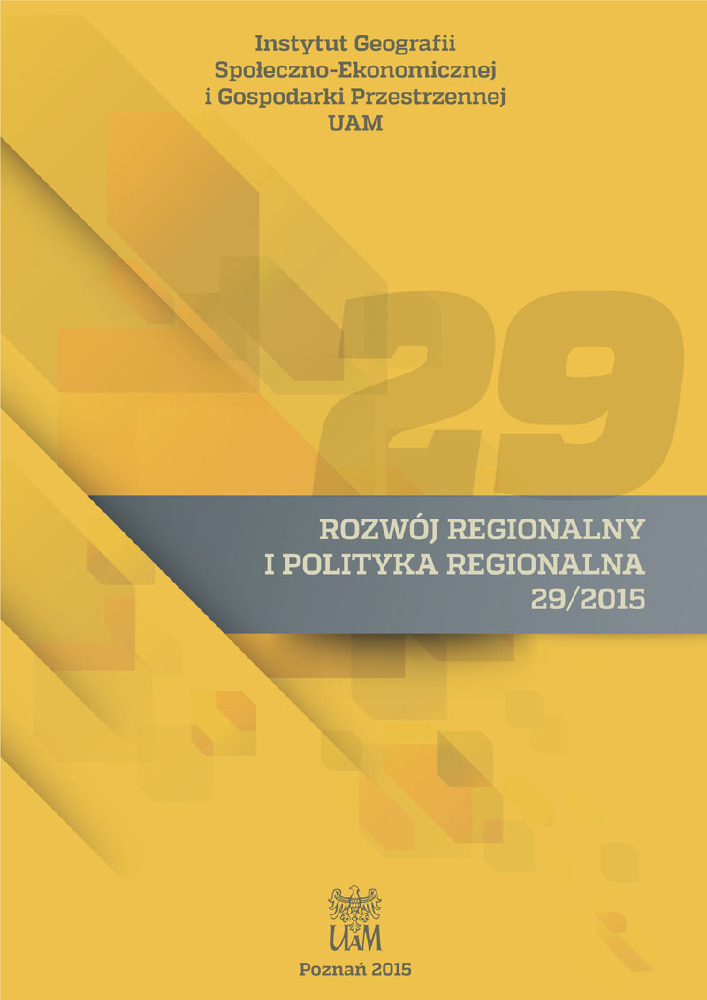Abstract
Suburbanization, as a component of the process o f metropolisation, and on the other hand one of the stages of city life-cycle, is now observed in almost all main city agglomerations in our country, being the most important problem connected w ith their development. The useful tools of investigation of intensity of suburbanization in suburban zones, or wider - in metropolitan areas, can be the statistical methods of data classification, such as data clustering. These methods allow grouping the territorial units of given area (e.g. poviats, gminas, statistical locations) in relatively homogeneous classes as regards the intensity of suburbanization. The basis of such grouping is similarity between investigated objects (e.g. gminas) as regards the level of variables accepted for coefficients of intensity of suburbanization.References
Lisowski A., Grochowski M. 2009. Procesy suburbanizacji. Uwarunkowania, formy i konsekwencje. [W:] Ekspertyzy do Koncepcji Zagospodarowania Przestrzennego Kraju. Ministerstwo Rozwoju Regionalnego, Warszawa, s. 217-280.
Mumford L. 1961. The City in History: Its Origins, Its Transformations, and Its Prospects. Harcourt, Brace and World, Inc., New York.
Nocko A., Żelechowski M. 2011. Oddziaływanie obszarów miejskich na budownictwo w gminach sąsiadujących w województwie lubelskim w latach 2006-2010. Urząd Statystyczny w Lublinie, Lublin.
Słodczyk J. 2001. Przestrzeń miasta i jej przeobrażenia. Uniwersytet Opolski. Studia i Monografie, 298. Wydawnictwo Uniwersytetu Opolskiego, Opole.
License
Copyright
© 2015 IGSEiGP, Uniwersytet im. Adama Mickiewicza w Poznaniu
OPEN ACCESS
